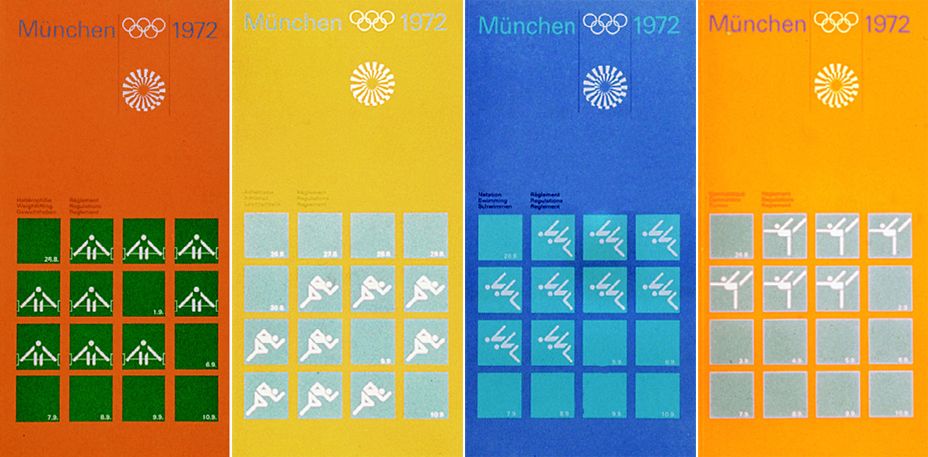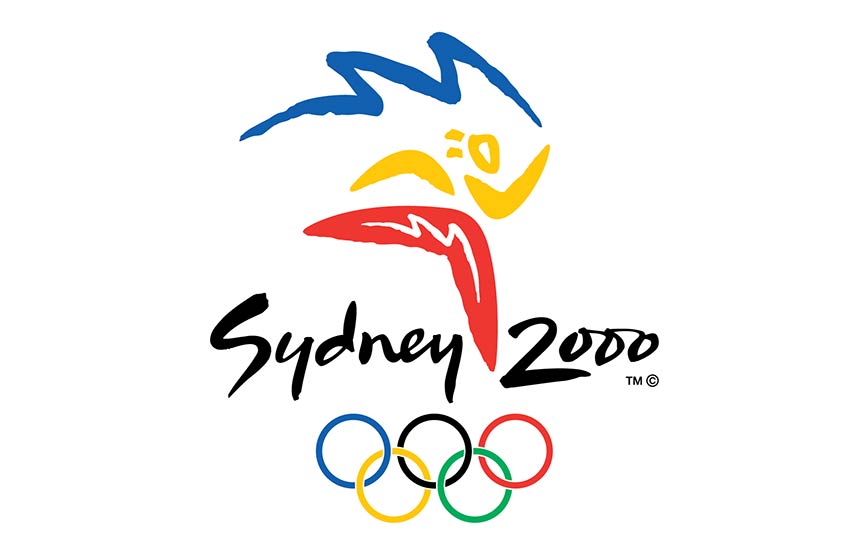Trends & Environment
Storytelling in a global environment
THEORY & SYMBOLISM BEHIND A MESSAGE
This week we hear from Professor Martin Hoskins on the dissemination of symbolism and theory. He defines communication as the message received, not sent. He contends that if the receiver did not receive the message as intended by the sender, then 100% communication did not occur. He references George Orwell in stating that the meaning of language is dependent on intention. Go goes on to explain that psychological images include intent, original core of process, and invisible shape or form at the heart of language is archetypes. Images carry meaning that rely on context.
SEMIOTICS
Semiotics is the study of signs and symbols and their use and interpretation. Founded by Swiss linguist, Ferdinand De Saussure in 1918, semiotics universally map the communication of meaning through different mediums.
SIGN
A sign is anything that conveys a direct meaning.
ICONS and SYMBOLS, and INDEX… OH MY!
Icons have a physical resemblance to the signified, for example a photograph.
Index implies some character of the object or original event.
Symbols bare no resemblance between signifier and the original signified and must be culturally understood, for examples numbers and letters. Symbols have implied meaning.
Codes act as systems of signs that we use to navigate our shared environment and underpin our sense of community.
Decode is the way by which we read and interpret the codes and their signs so that we can navigate our way through the world
Anchorage is to pin down or guide intended meaning.
Relay includes text or images standing in complementary relationships. Both interplay to build two larger signifiers of an anecdote, story, or narrative. Copy and image reinforce one another.
Meaning comes from the relationship between the signifiers (the intended message) within a system and includes differentiation of understanding within a given sign code system.
SYMBOLISM AND SEMIOTICS: A CASE STUDY
Kris from Regular Practice takes us on a guided tour of the symbolism that is the Olympics Brand.
The Olympics has expressed at least three unique approaches to semiotics and symbolism throughout its storied history.
Systematic approach where the identity is built upon and executed against a set visual system.
Examples include: Mexico 1968 and Munich 1972
Emblematic approach where the identity is built off of symbolic visuals that reinforce the essence and culture of host city in which the games took place.
Examples include: Tokyo 1964, Sydney 2000, Athens 2004, Beijing 2008, and Rio 2016
Abstract approach where the identity is comprised of visual storytelling that is uniquely expressive of the location or the personality of the host city.
Example of abstract includes the London games of 2012
BREAKING NEWS 2.0
Patrick Thomas’ exhibit and experience at the London Design festival is a fluid, reflection of what is going on in the world. There is a freedom of expression, global digestion, and agnostic diffusion of news. I appreciate the simplistic approach to typography to further the transparency of the messaging.
REFERENCES
BBC (2016) Adam Curtis: Hypernormalisation Available at https://www.bbc.co.uk/programmes/p04b183c
Crow, D., (2003) Visible signs: An Introduction to Semiotics. AVA, London.
Heller S., (1999) Design literacy (Continued) Understanding Graphic Design. Allworth Press, New York.













